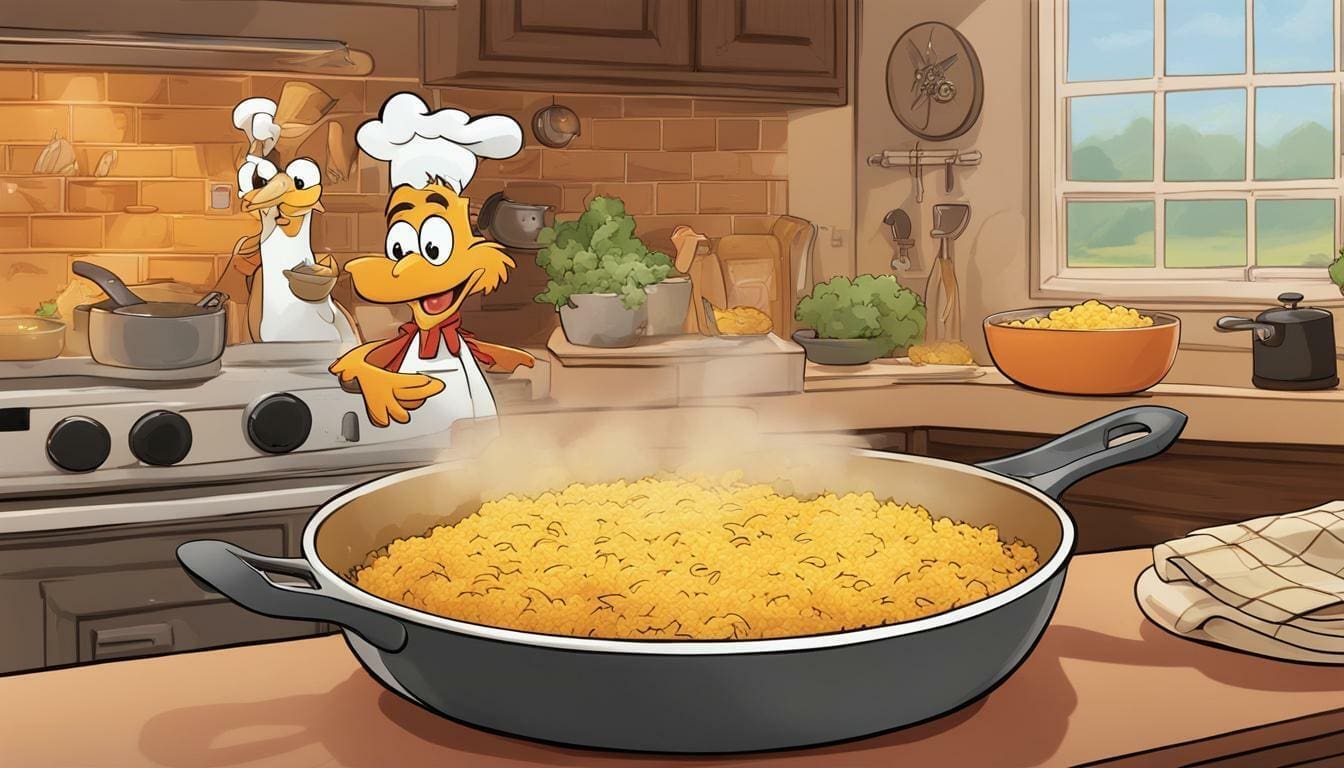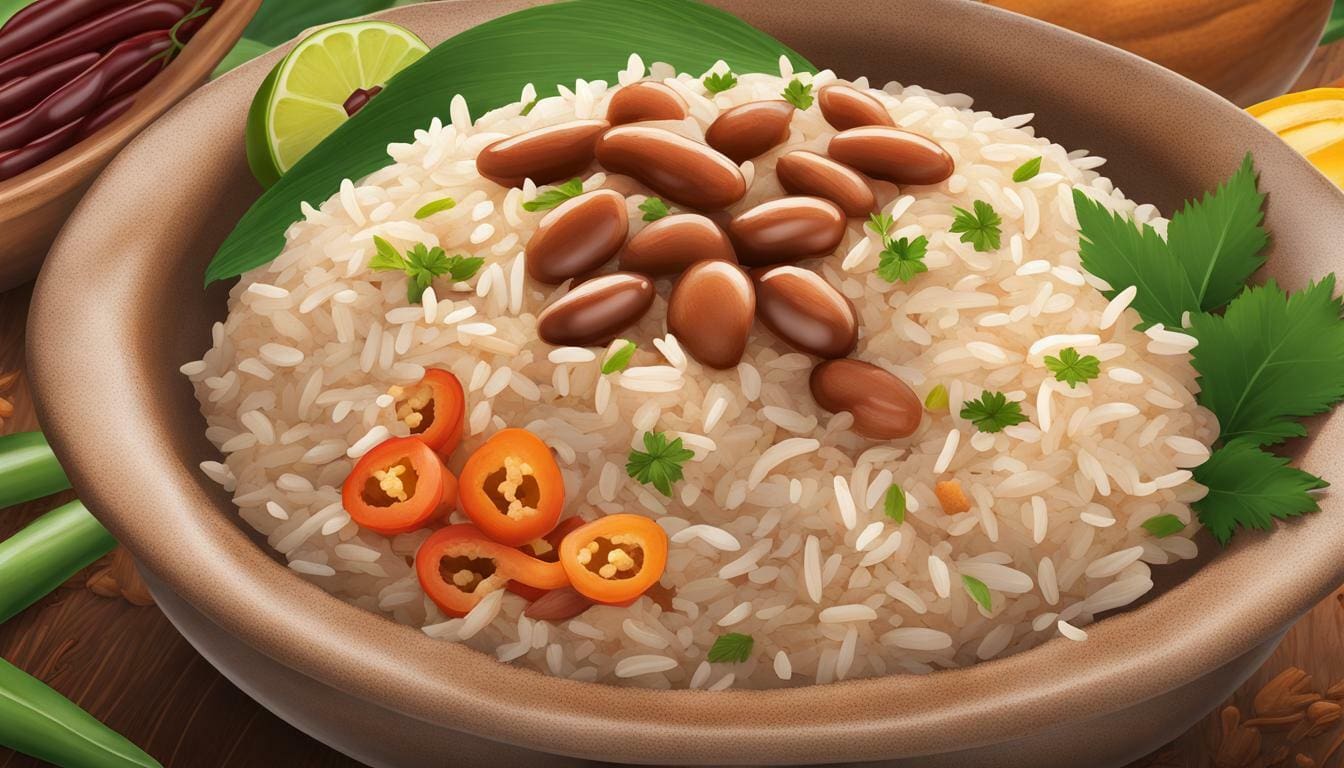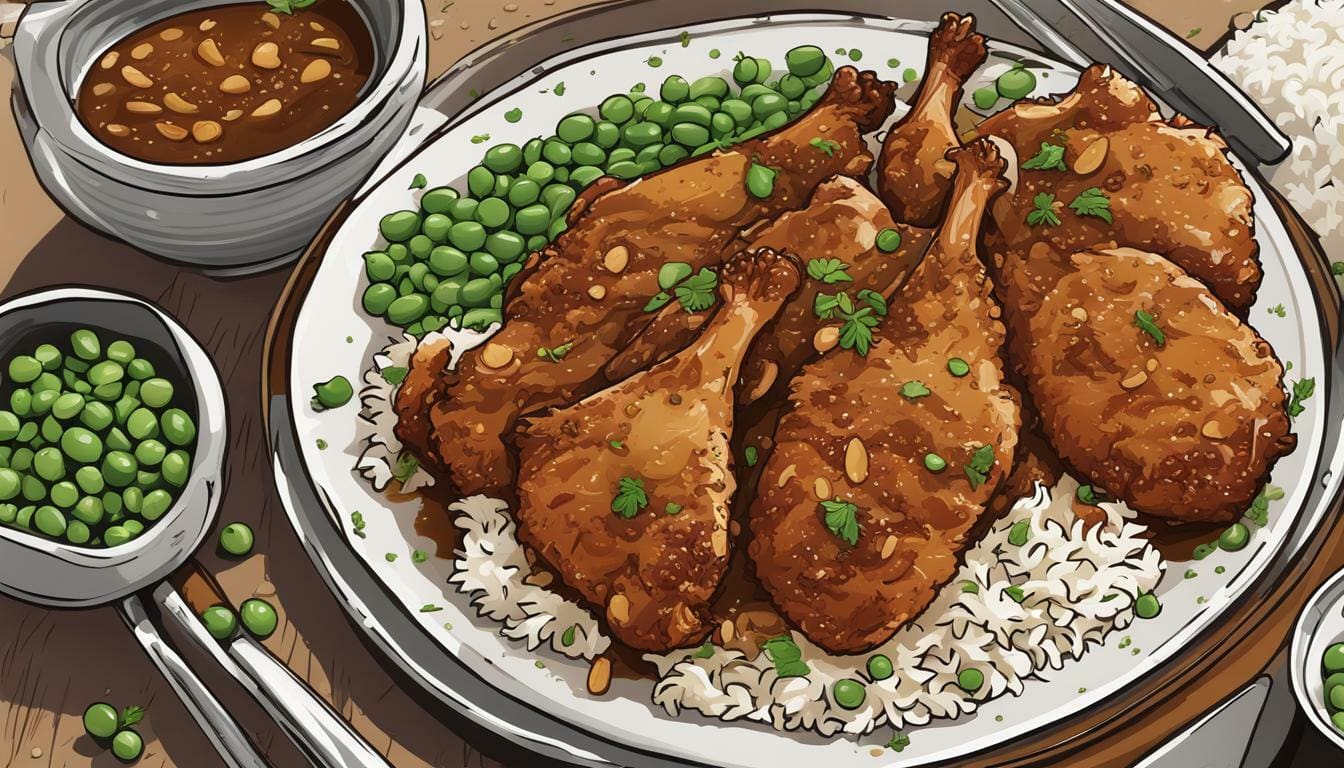Introduction
Do you wash your rice for paella? If not, you should start! This is the best way to make this classic Spanish dish. Soaking the rice removes excess starch and makes it less likely to clump together during cooking. This blog post will show you how to make paella correctly – with perfectly cooked rice every time!
The History Of Paella And Its Origins In Spain
Paella is a classic Spanish dish originating in the Valencia region of Spain. It’s also delicious in the Philippines, both traditionally and modernly. Paella is prepared in both countries, but there are some differences in the ingredients and techniques used to make it.
In Spain, the dish is most common in the Valencia region, where it’s traditional to consume paella with the fingers and lap up every last bit of sauce from the plate. It’s also widespread in other regions of Spain, particularly the northwest and eastern sections.
What Exactly Is Paella?
Paella can be defined as any dish cooked or baked using rice as a primary ingredient. Rice is usually mixed with meats, seafood, vegetables, and saffron. The dish is also known as rice ‘pilaf,’ ‘Arroz con Pollo – rice with chicken,” rice ‘pollo’ or rice ‘arroz a lo Pobre – rice with the poor. Paella is traditionally made using wheat or a mixture of wheat and white rice. Although it’s sometimes made using brown basmati (or other types of fragrant brown grains), I prefer to stick to white for making paella in this way.
The Spanish typically use meat and seafood (chicken, rabbit, fish, shellfish, etc.) to make their paella. This dish is commonly associated with chicken in Thailand but is also prepared on many other types of meat.
The Ingredients That Make Up A Traditional Paella Dish
1. Meat
In Spain, paella is typically served with chicken, rabbit, fish, and sometimes shellfish. Many households in Thailand add chicken and shellfish to their rice dishes to make them more flavorful.
2. Seafood
Seafood is used in many paella recipes to add flavor and texture as well as texture to the rice when mixed before cooking. No sea creatures are used in this particular recipe except for shrimp (although shellfish are also a popular addition).
3. Vegetables
Vegetables that go best with rice include tomatoes (cut up), fried onions (diced or sliced), mushrooms, sweet peppers, bell pepper, and green beans.
4. Seasoning
The cooking oil and broth are seasoned with various spices in many paella recipes. The flavoring agents in paella are garlic, saffron, chili peppers, etc. Saffron is an expensive spice used to make paella more expensive. It’s important to use it in small amounts, so don’t overload your rice dish with it! Other traditional seasonings for paella include rosemary and salt.
How To Make Paella – The Best Way!
In Spain, paella is most commonly cooked on an open fire – particularly over a wood fire. Of course, we can’t replicate that in the home kitchen, so I suggest using a flat-top stove or cooking pan to make your paella.
1. Wash and soak rice for about 30 minutes to remove excess starch and make the rice stick together less during cooking. This will also help it absorb more water later in the cooking process.
2. Brown chicken pieces (or any type of meat) and white rice together with some salt and pepper before adding onions to cook further. You can also add herbs or spices such as rosemary at this stage.
3. Add broth or water, vegetable, and seasoning (including any saffron) to the pan with the rice and chicken.
4. Bring to a boil, then boil the heat to simmer. Cover the pan with the lid and cook for 20 minutes, stirring occasionally.
5. Add shrimp (and any other sea creatures or vegetables) five minutes before removing from heat. Let it sit for 5 minutes with the lid on before serving.
Is Washing Paella Rice Necessary, Or Will It Ruin The Dish’s Flavor Profile?
You should never have to wash your rice before cooking it. Soaking the rice will destroy it, as washing can make it stick together and become mushy. If you’re planning on cooking paella with your rice, you should leave it as is.
How Can You Tell Whether Or Not Your Paella Needs Washing?
To check whether or not your paella needs washing, begin by breaking a piece off the uncooked grain. If that piece breaks into individual grains easily, then there is no need to wash the rest of it – just use it in its natural state, and don’t worry about any extra preparation.
How Do You Wash Paella Rice If You Choose To Do So?
The easiest way to wash paella rice is to place it in a bowl, add water, and let it soak for a few minutes. If you cook the rice and want to save yourself some work, you can do so by putting the rice in a pan with enough extra water to cover it, then leaving it in the cooking pot uncovered during cooking. This is the most convenient method; however, if you prefer doing things the old-fashioned way (and have time), give this method a shot: Wash your rice in warm water. The warmer the water, the better. Run your fingers through the rice to separate the grains. Add more water if needed, and let the rice sit for a few minutes. Then drain any excess water and squeeze as much of it out of the grains as possible.
Paella Recipes For You To Try At Home
1. Shrimp Paella
You can easily prepare shrimp paella in the home kitchen. If you want to use only shrimp, you can skip the chicken and rice steps and add your shrimp to the pan last. If you use vegetables (carrots, bell pepper, etc.), make sure they are cut into small pieces.
2. Seafood Paella
This paella recipe allows you to incorporate shellfish into your dish while keeping it authentic! You can also use chicken instead of seafood if you prefer. Ensure enough meat in the dish to compensate for any lack of shellfish.
3. Chicken Paella
This paella recipe is more traditional than the shrimp one. It’s also a popular dish in Spain and is frequently served with a side of rice and toasted bread.
4. Paella With Beef
For a big feast, you can make beef paella for 8-10 people! It’ll take longer to cook than the chicken and shrimp options, but it’s worth the wait!
5. Paella Using Grains
It would be awesome if you could use grains such as rice for making paella, but unfortunately, not every rice-loving household has this luxury at their disposal.
Conclusion
When preparing paella, there are some things that you need to keep in mind to ensure your dish comes out as authentic as possible. Even though paella seems to be a Spanish dish and is eaten all over Spain, it’s not an exclusive Spanish dish. It’s also eaten in Thailand and other Asian countries, so it may not be a good idea to suggest that your particular paella recipe is the best. However, you can always add your personal touch when making this or any other dish at home! See what traditional ingredients (meat and/or seafood) you can add to make your recipe stand out from the rest.


